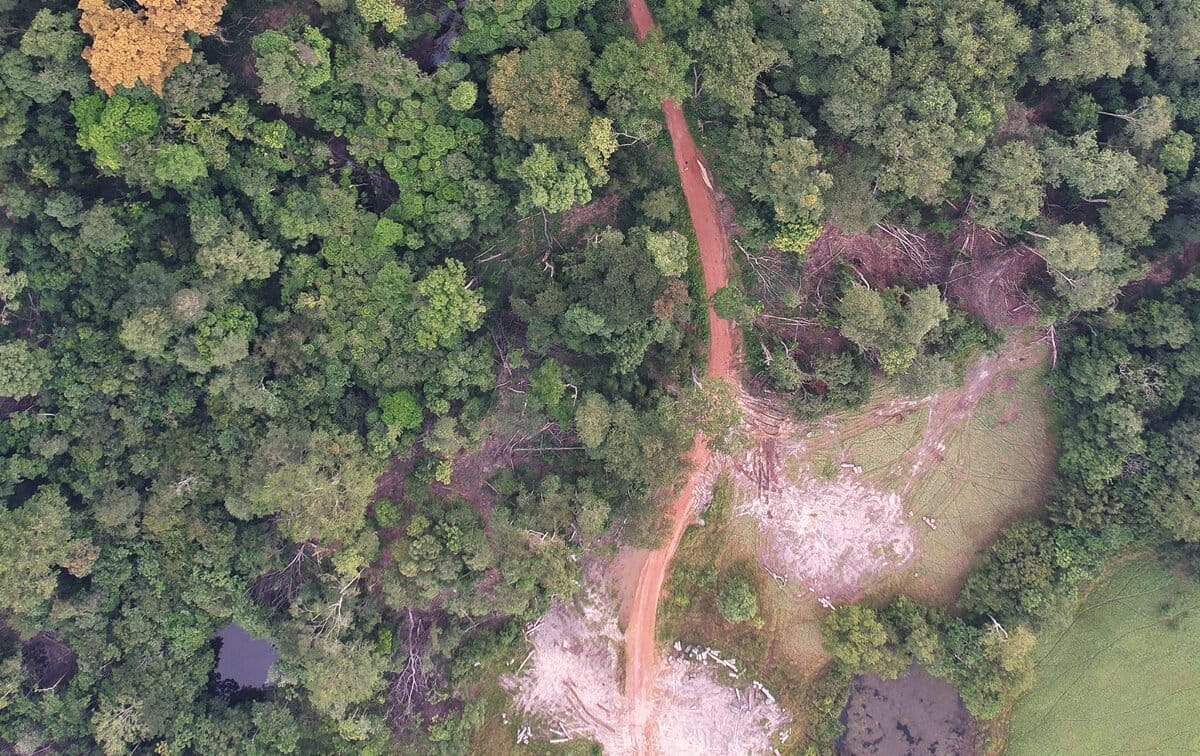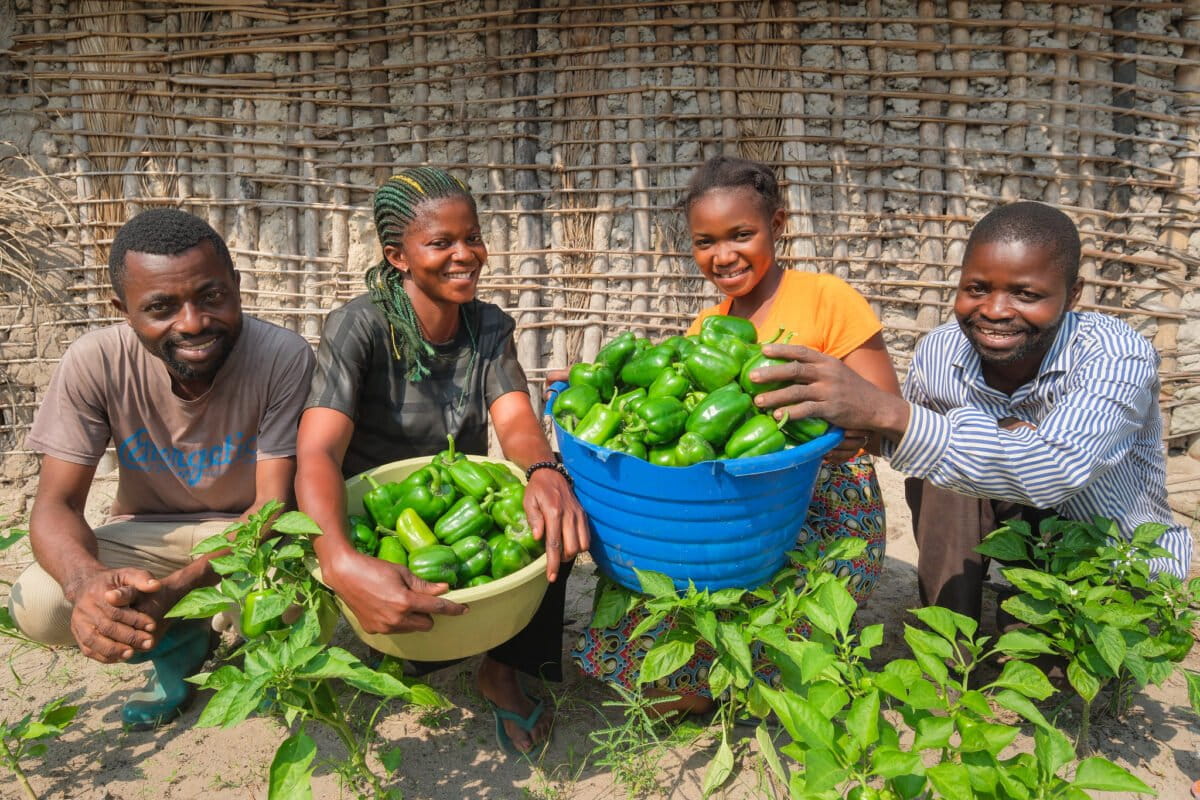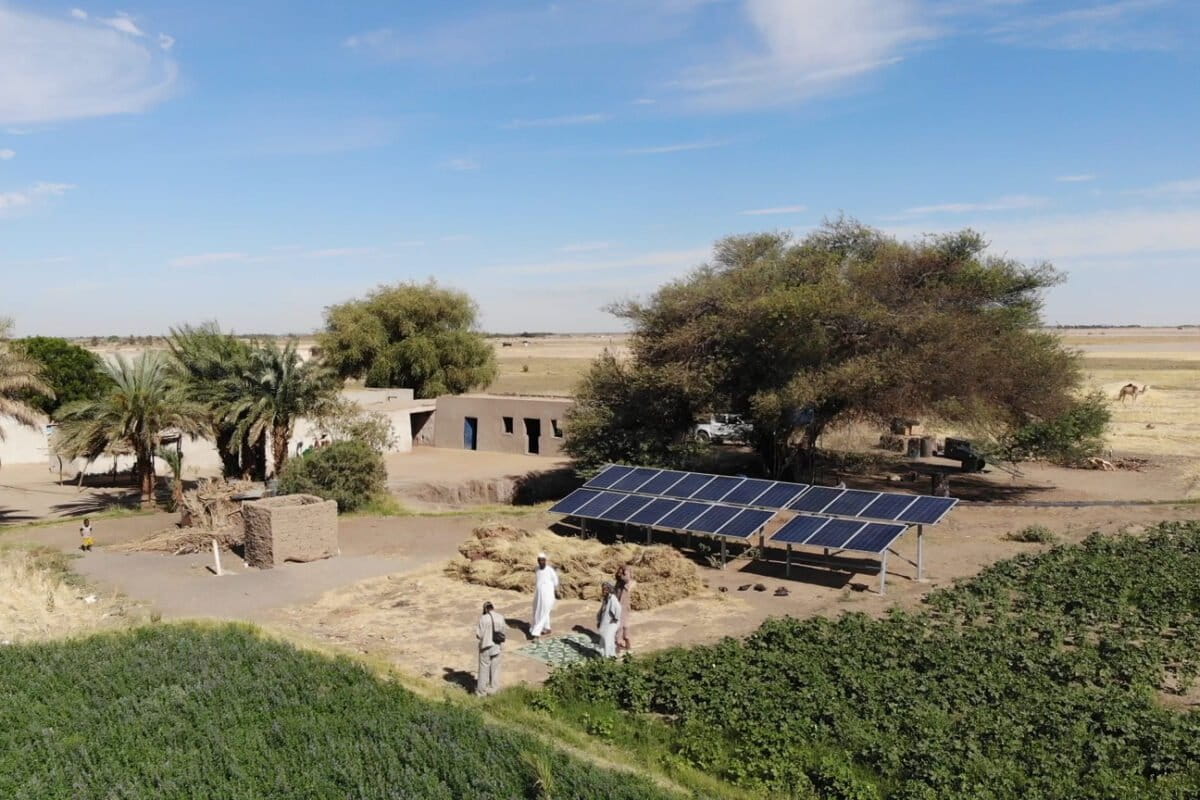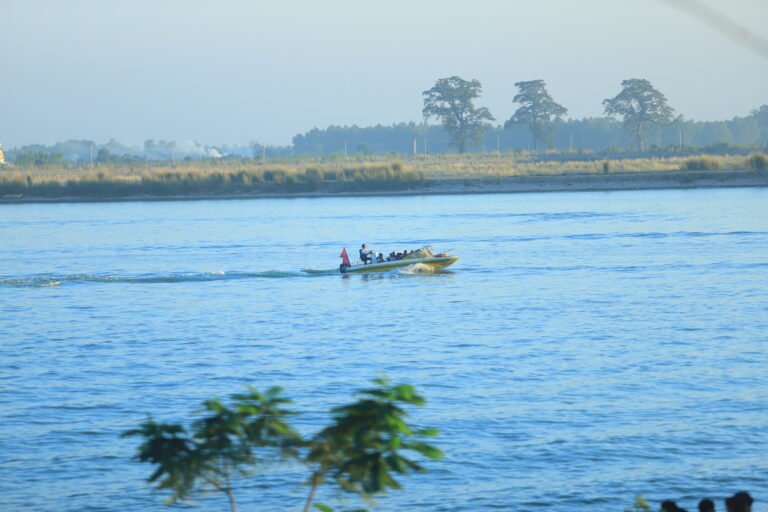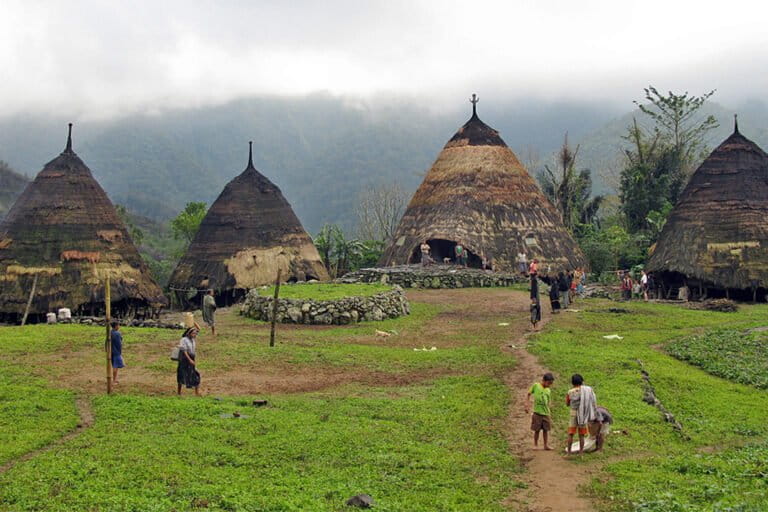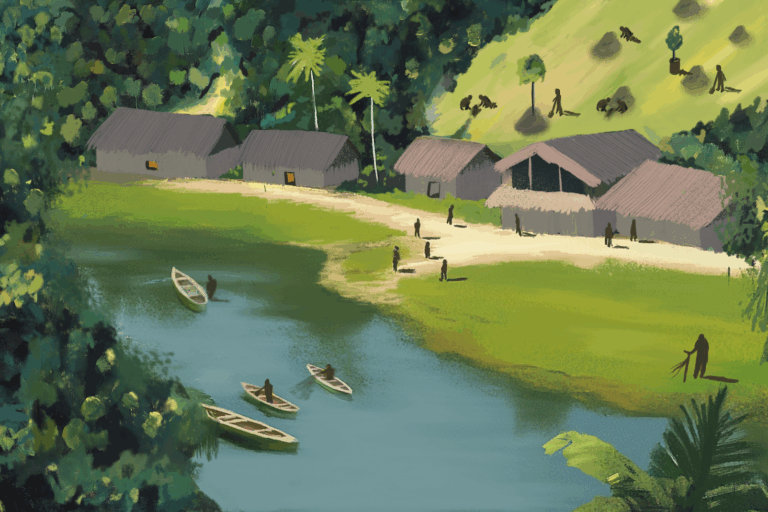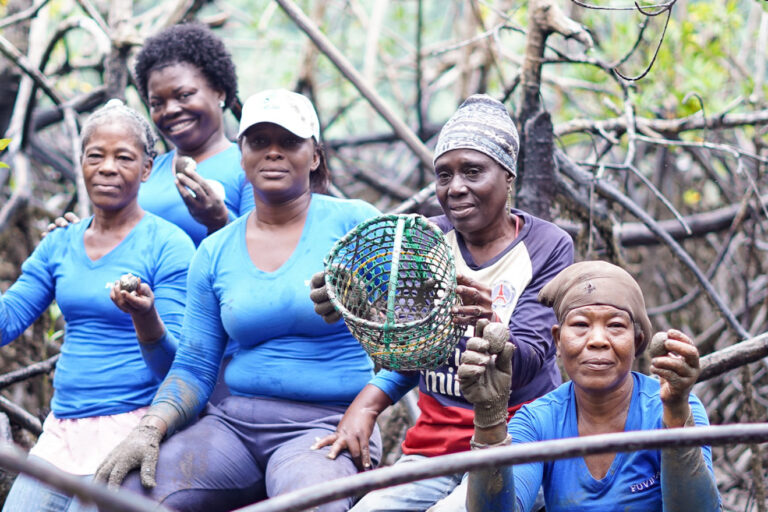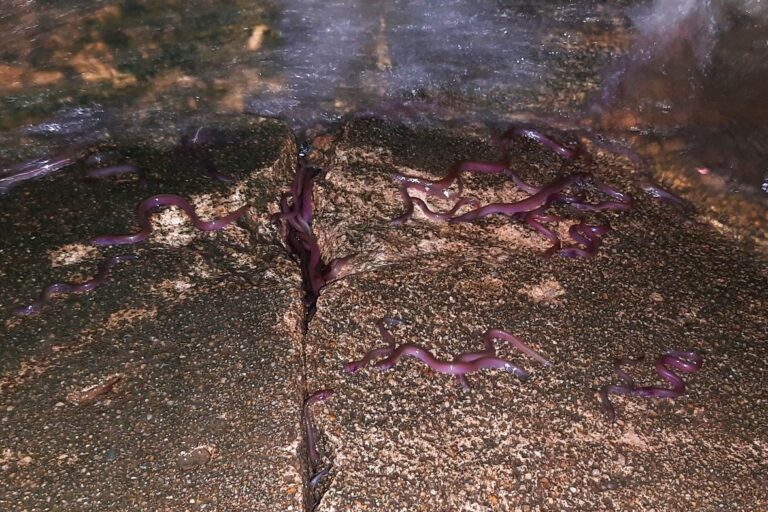Singapore, the smallest country in Southeast Asia, lost most of its original forest cover in the early 1800s to agriculture. But since the 1960s, when Singapore began pursuing urban greening initiatives, Singapore has greened 47% of its spaces, according to an episode of Mongabay’s podcast published in July.
Speaking with host Mike DiGirolamo, Anuj Jain, director and principal ecologist at the biomimicry consultancy bioSEA, said that as Singapore’s economy intensified following independence, it mostly abandoned agriculture, allowing secondary forests to grow.
Singapore is tropical, Jain said. “So, if you leave the land right, very quickly, it becomes secondary forest.”
Although urbanization pushed the conversion of some secondary forests, “a significant chunk was actually still left for secondary forests, for different land use types, including military, including as reserve land, which may be developed in the future,” added Jain, who helps build environments that are ecologically sustainable and functional for both people and wildlife.
Today, 18-20% of Singapore’s area has secondary forests and a small percentage is primary forest, while the remaining green areas are parks and gardens.
Jain said the country’s greening efforts were particularly encouraged by its founding father and first prime minister, Lee Kuan Yew, who was also a fan of gardening.
“So that really changed how the government saw greenery. There was a lot of streetscape, cityscape, planting to green the city, the streets, parks and gardens were created at that time,” he said.
Today, Singapore has been working to integrate greenery in buildings through vertical gardens that have attracted diverse species of insects, Jain added. It also has a “OneMillionTrees” movement, which aims to plant 1 million additional trees on the island by 2030.
As a “city in a garden,” Singapore has been seeing the benefits of urban greening.
“So, urban greenery really presents many benefits, from of course biodiversity-saving species, both flora and fauna,” Jain said. “But the benefits really go far and wide. Beyond that, we are looking at things like climate regulation: How does a green space actually influence a microclimate in the city? How much carbon does it sequester? How much air does it purify? How much water does it clean and therefore contributes to better storm water management in the city?”
The parks and gardens also serve as “good public spaces” that allow people to be close to nature, Jain added.
Additionally, Singapore has learned to be efficient with its water usage, especially with climate change bringing more rainfall. The city-state is already using its green areas to collect water and direct it toward retention ponds that serve as wetlands in the city.
Listen to the Mongabay Newscast episode here.
Banner image of Supertree Grove at the Gardens by the Bay urban park in Singapore. Image by Tien Tran (tientran0019) via Pixabay (Pixabay Content License).



